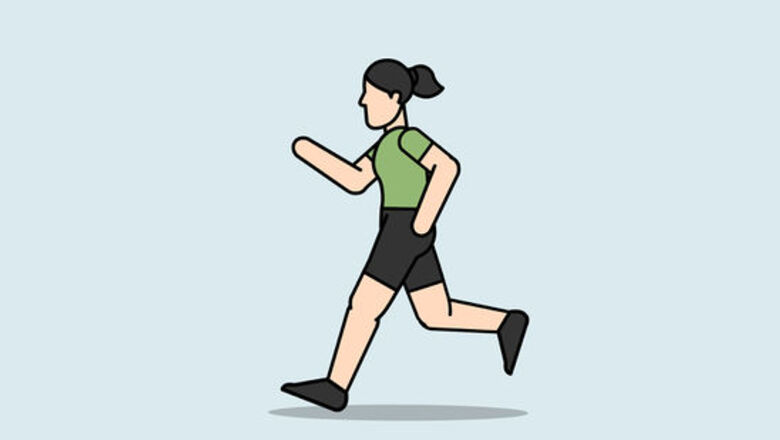
views
Losing Weight with Diet and Exercise
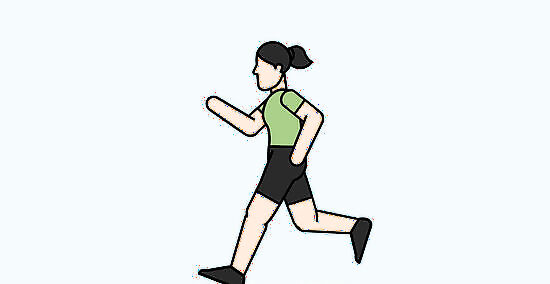
Do at least 150 minutes of moderate cardio per week. Unfortunately, it’s not possible to target fat loss to one particular part of your body. However, doing regular cardio exercise can help you burn calories and reduce fat all over, including in your calves. Try doing 30 minutes of moderate-intensity cardio 5 days a week to start slimming down. Examples of moderate cardio exercise include light jogging or brisk walking, ballroom dancing, tennis, using an elliptical machine, or biking at a rate of less than 10 miles (16 km) per hour. Even day-to-day activities like gardening, housework, or climbing stairs can count towards your daily exercise goals. If you’re not used to doing a lot of exercise or if you don’t have time to exercise for 30 minutes at a time, split your cardio sessions up into a few 10 or 15-minute sessions throughout the day.
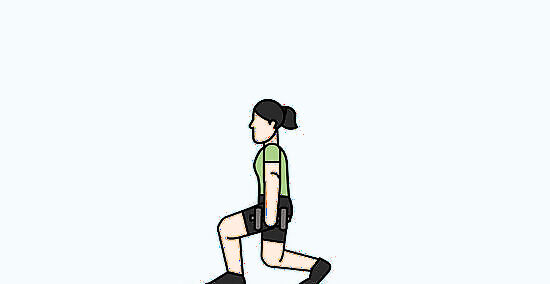
Add at least 2 strength training sessions to your weekly routine. Strength training, which helps build muscle mass, is another important component to fat loss. Aim to do 2-3 strength training sessions per week, alternating between different muscle groups in your body. Try to do a single set of 12-15 reps for each exercise. Examples of strength training exercises include: Body weight exercises, such as planks, pushups, and squats Weightlifting Using resistance bands or resistance machines
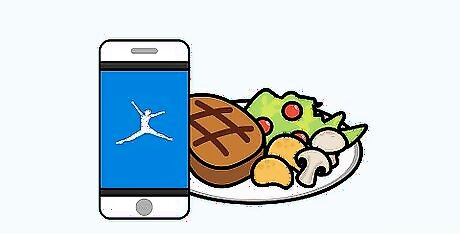
Track your calories to make sure you eat fewer than you burn. Eating a healthy diet and cutting excess calories can help you slim down all over, including in your calves. To lose weight, you should consume fewer calories than you burn during exercise. To help you do this, keep track of how many calories you burn and consume each day. Most people can lose 1–2 pounds (0.45–0.91 kg) per week by cutting 500-1000 calories a day from their diet. Talk to your doctor or a dietitian to figure out how many calories you can safely cut. You can use a fitness tracking app like MyFitnessPal or SuperTracker to help you track how many calories you’re eating and burning each day. You can also calculate the calories in any given meal using tools like the Food Calorie Calculator from the Calorie Control Council. How many calories you need to eat a day can vary based on gender, age, activity level, and other lifestyle factors. Visit a registered dietitian to find a diet plan that works for you. In order to stay healthy, do not eat fewer than 1200 calories a day.
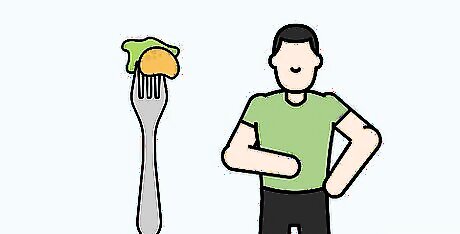
Stick to healthy sources of fat. Eating too many unhealthy fats, like the kinds found in greasy junk food, can make it harder for you to lose weight. However, healthy fats are an important part of a nutritious diet. Stick to foods with healthy fats like fish, vegetable oils, and nuts and seeds. Avoid products with trans-fats like pastries, baked goods, margarine, fried foods, and snack foods like potato chips.
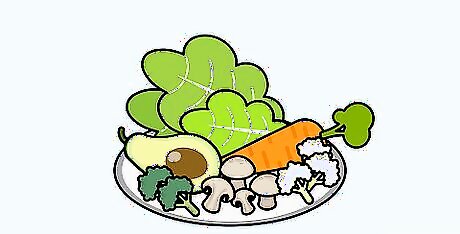
Introduce more fruits and vegetables into your diet. A varied diet of fruits and vegetables will give you plenty of important vitamins, minerals, and fiber. Fruits and vegetables that are high in fiber can be especially helpful for weight loss. All fruits and vegetables are good for you, but some really healthy choices include: Leafy greens, such as spinach, chard, and mustard greens Cruciferous vegetables, such as broccoli, kale, cauliflower, and Brussels sprouts Citrus fruits, such as lemons, oranges, limes, and grapefruit
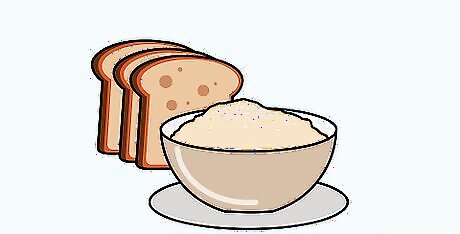
Replace refined grains with whole grains. Whole grains are good sources of fiber, which will make you feel full faster. This will help you eat less. White or refined grains, in comparison, can make your blood sugar spike and then crash. This will make you feel both hungrier and more tired. Whole grains include whole wheat bread, oatmeal, brown or wild rice, whole wheat pasta, and barley. Refined grain products include white bread, white rice, pasta, and most types of crackers and pastries. Refined grains and other refined carbohydrates, like potatoes, can also cause you to retain more water, which can make your calves look bigger.
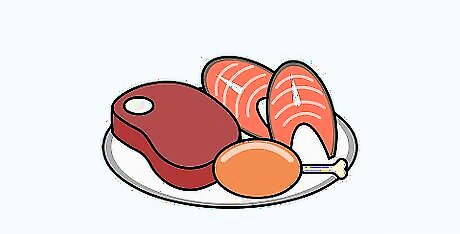
Choose lean sources of protein to promote healthy muscles. Protein is important for any diet, and it may help you feel fuller fast while giving you a boost of energy. This will help you eat less and burn more calories. Additionally, protein is an important building block for growing healthy muscles, which can help your calves look more toned. Choose lean sources of protein instead of fatty ones like ribs or fatty steaks. Instead, look for: Lean cuts of meat such as white chicken or turkey or lean beef Fish Legumes, such as beans, lentils, and peas Eggs Low-fat dairy products, like skim milk or low-fat yogurt
Building Toned Calf Muscles
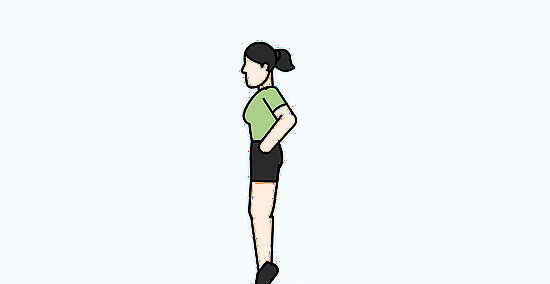
Try calf raises to tone your calves. Strengthening exercises that target your calves won’t help you lose fat there, but they can help tone and define your calf muscles. To do a basic calf raise, stand up straight and rest your hands on a wall or the back of a chair for stability. Don’t lock your knees. Slowly rise up onto your toes, then slowly return your heels to the ground. Do 2 sets of 15 repetitions. For an extra challenge, hold some small weights or water bottles in each hand while you do your calf raises.
Define your calf muscles with a variety of heel raises. Heel raises are similar to calf raises. They involve standing with the ball of your foot on the edge of a step and alternating between resting on the balls of your feet and your toes. Try doing 10-15 reps of the following heel raise exercises: Single-leg standing heel raises: Stand on the edge of a step with one foot and let your heel hang off the edge of the step. Keep your other foot off the floor so all your weight is on one leg. Slowly alternate between lowering your heel and raising it as much as possible while keeping your knee straight. Switch legs after 10-15 reps. Double-leg standing heel raises: Stand with the balls of both feet on the edge of a step. With your knees straight, slowly alternate between lowering your heels so they hang below the step level and raising up on your toes as far as possible. Seated heel raises: Sit on a chair or bench and rest the balls of your feet on a step in front of you. Allow your heels to hang off the edge of the step. Set a weight, such as a dumbbell or plate weight, on your lap. Slowly alternate between lowering your heels and raising them as high as possible.
Build strength in your calves with resistance band flexion. Working against resistance bands is another great way to tone and strengthen your calf muscles. Sit down on a mat with your legs straight out in front of you and wrap an elastic resistance band around the balls of both feet. Keeping your back and knees straight, grab the band with both hands and pull back on it. Alternate between flexing your toes forward and back toward your body while holding the band taut. Aim to do 10-15 reps. If your calves get sore, try starting out with fewer reps at first.
Incorporate heel raises into your squats. Regular squats, when done correctly, focus mainly on your hamstrings, quads, and glutes. However, you can also work your calves if you do plié squats with heel raises. Hold a dumbbell in each hand at shoulder level, then get into a wide stance with your feet and knees turned out slightly. Keep one foot flat on the floor, but raise your other heel off the floor. Do 10-15 squats with your heel lifted, then repeat the set with the other heel lifted. Be careful not to let your knees cave inward when doing these squats. Don’t turn your toes out farther than you can turn out your knees.
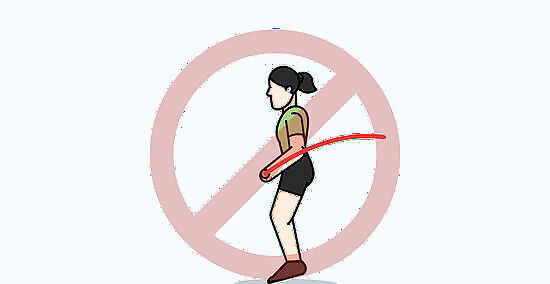
Avoid exercises that target your calves if they’re already muscular. If you have toned calves already, then doing exercises that create resistance against your calves will make them even bigger. Avoid any activity that makes your calves burn, since these will promote more muscle mass. Here are some activities that you should avoid unless you’re trying to sculpt your calves: Calf or heel raises Jumping jacks Lateral lunges Climbing or walking and running up inclines Weighted jumps Sprinting
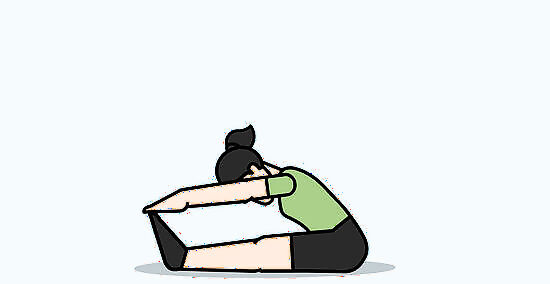
Stretch your calves to relax contracted calf muscles. The big, round muscle in the back of your calf, the gastrocnemius, can start to look bulky if it’s tight and contracted all the time. One way to help prevent this is to stretch your calves regularly, especially after exercises that work the calves (such as running). Try the following simple calf stretch: Stand in front of a wall and rest the toes of one foot against the wall with your heel flat on the floor. Your foot should make a 45° angle relative to the floor. Move your hip on that side closer to the wall so that you feel a stretch through your calf. Hold for about 15 seconds, then switch sides.
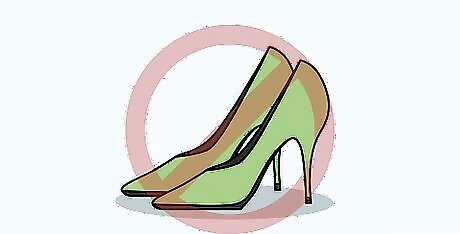
Stick to flat shoes or vary your heel size. Wearing high heels won’t actually make your calf muscles bigger, but it can cause the muscle fibers to shorten and make the tendons in your calves stiffen. This can make your calf muscles look more prominent. Try going without heels for a while, or wear heels at a variety of heights so your calves don’t get used to being in one position all the time. You can also combat the effects of high heels by regularly stretching your calves.











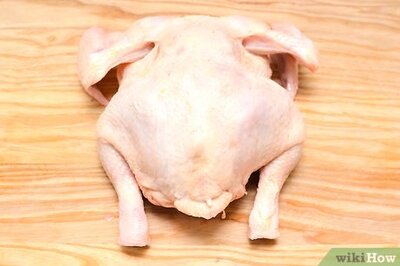
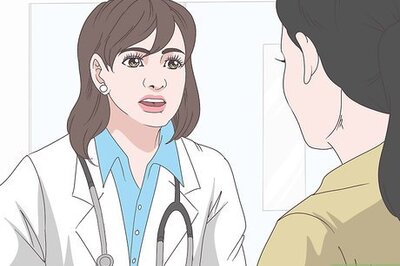
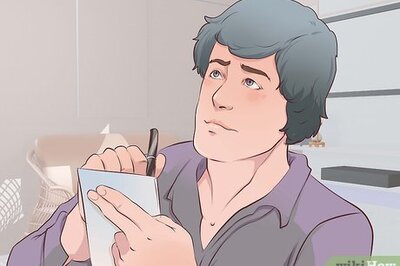






Comments
0 comment